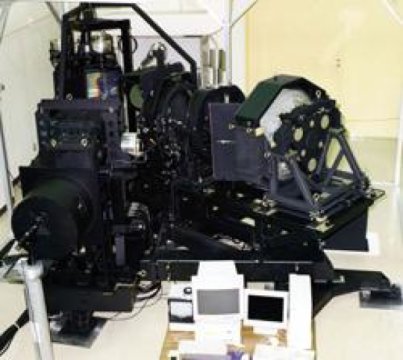[ad_1]
Astronomers have discovered a star in the Milky Way Galaxy with a chemical composition unlike any other star in our Galaxy. This chemical composition has been seen in a small number of stars in dwarf galaxies orbiting the Milky Way. This suggests that the star was part of a dwarf galaxy that merged into the Milky Way.
In the LAMOST (Large Sky Area Multi-Object Fiber Spectroscopic Telescope) survey data, researchers noticed the star J1124+4535 for its unusual chemical composition. Initial observations showed that J1124+4535, located in the constellation Ursa Major (Big Dipper), had low abundances of certain elements, such as magnesium. Follow-up observations with the High Dispersion Spectrograph on the Subaru Telescope confirmed the low levels of magnesium but found comparatively high levels of Europium. This is the first time an element ratio like this has been observed in a star in the Milky Way.
Stars form from clouds of interstellar gas. The element ratios of the parent cloud impart an observable chemical signature on stars formed in that cloud. So stars formed close together have similar element ratios. The composition of J1124+4535 doesn’t match any other stars in the Milky Way, indicating that it must have formed elsewhere.
Chemical signatures similar to J1124+4535 have been observed in some stars in dwarf galaxies orbiting the Milky Way. Galaxy evolution models and simulations suggest that galaxies like the Milky Way grow by absorbing neighboring dwarf galaxies. Thus it makes sense that J1124+4535 was born in a now vanished dwarf galaxy which merged into the Milky Way.
Story Source:
Materials provided by National Institutes of Natural Sciences. Note: Content may be edited for style and length.
[ad_2]















